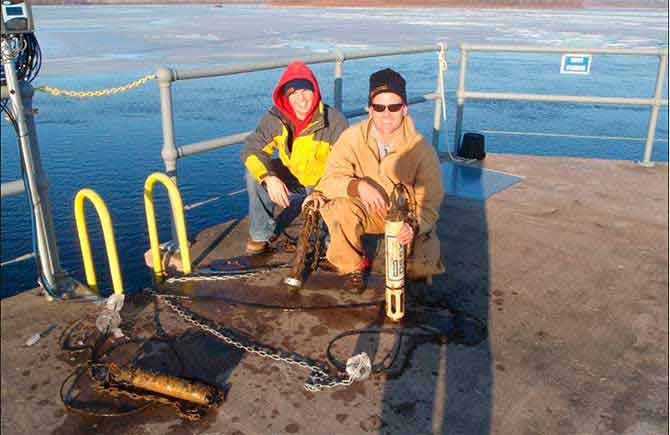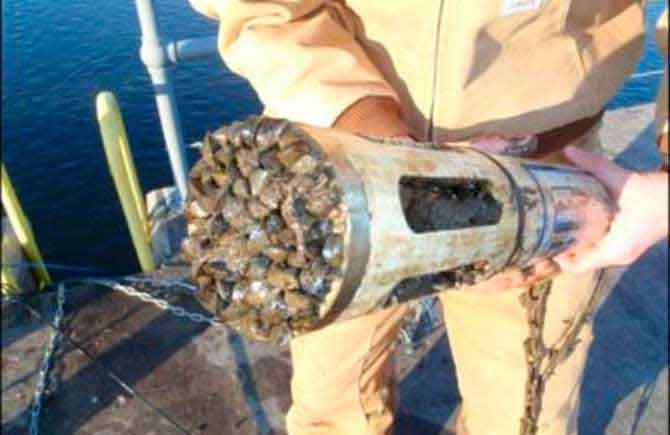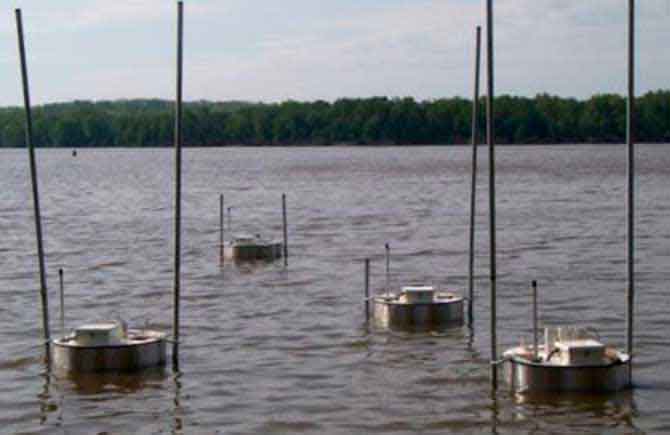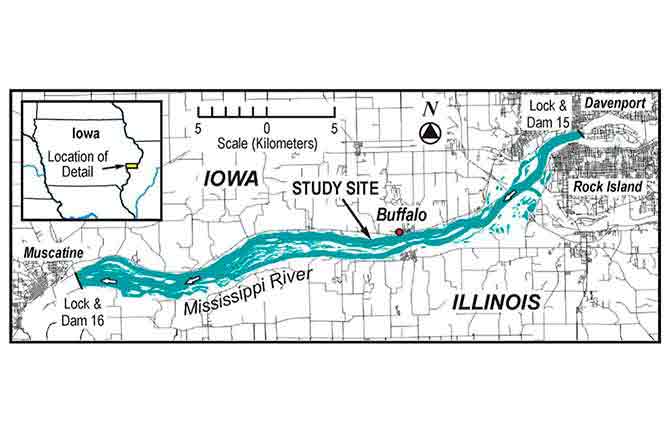-
English (US)
Choose your OTT HydroMet brand and region:




A resilient method for monitoring water quality and nitrate levels in the harsh aquatic environment of the Mississippi River, in section 16, was required by the University of Iowa -IIHR.
The monitoring of continually accurate water quality data was important for analysis, in conjunction with the diurnal mussel study of the University of Iowa.
Monitoring water over extended periods of time in this section of the Mississippi can be difficult due to build-up of aquatic sediments and zebra mussels on instruments. Due to anti-fouling capabilities and long term durability, the Hydrolab DS5X multiparameter data sonde was shown to be a viable solution for this study.
Agricultural runoff from the Mississippi River Basin significantly disturbs the river’s natural aquatic nitrogen cycle, eventually leading to hypoxic dead zones in the Gulf of Mexico.
The University of Iowa IIHR – Hydroscience & Engineering undertook the task of studying how the nitrogen cycle is affected by human and climate induced influences.
Researchers at IIHR decided to use freshwater mussels as a sentinel species to study in relation to the disruption of the nitrogen cycle and in addition to their water quality monitoring. A study site was selected within Pool 16 of the Mississippi River, a section spanning from Rock Island, IL, to Muscatine, IA.